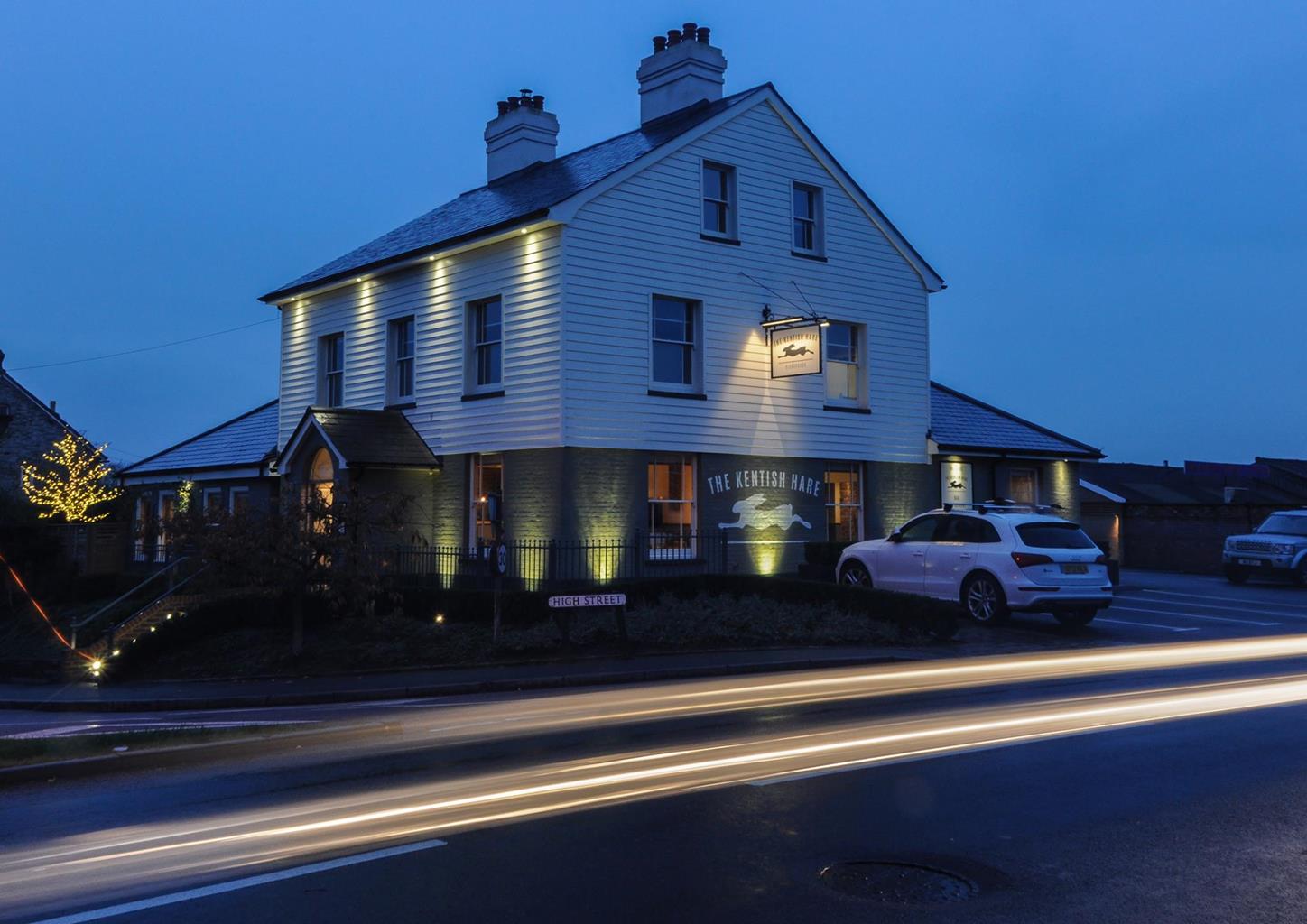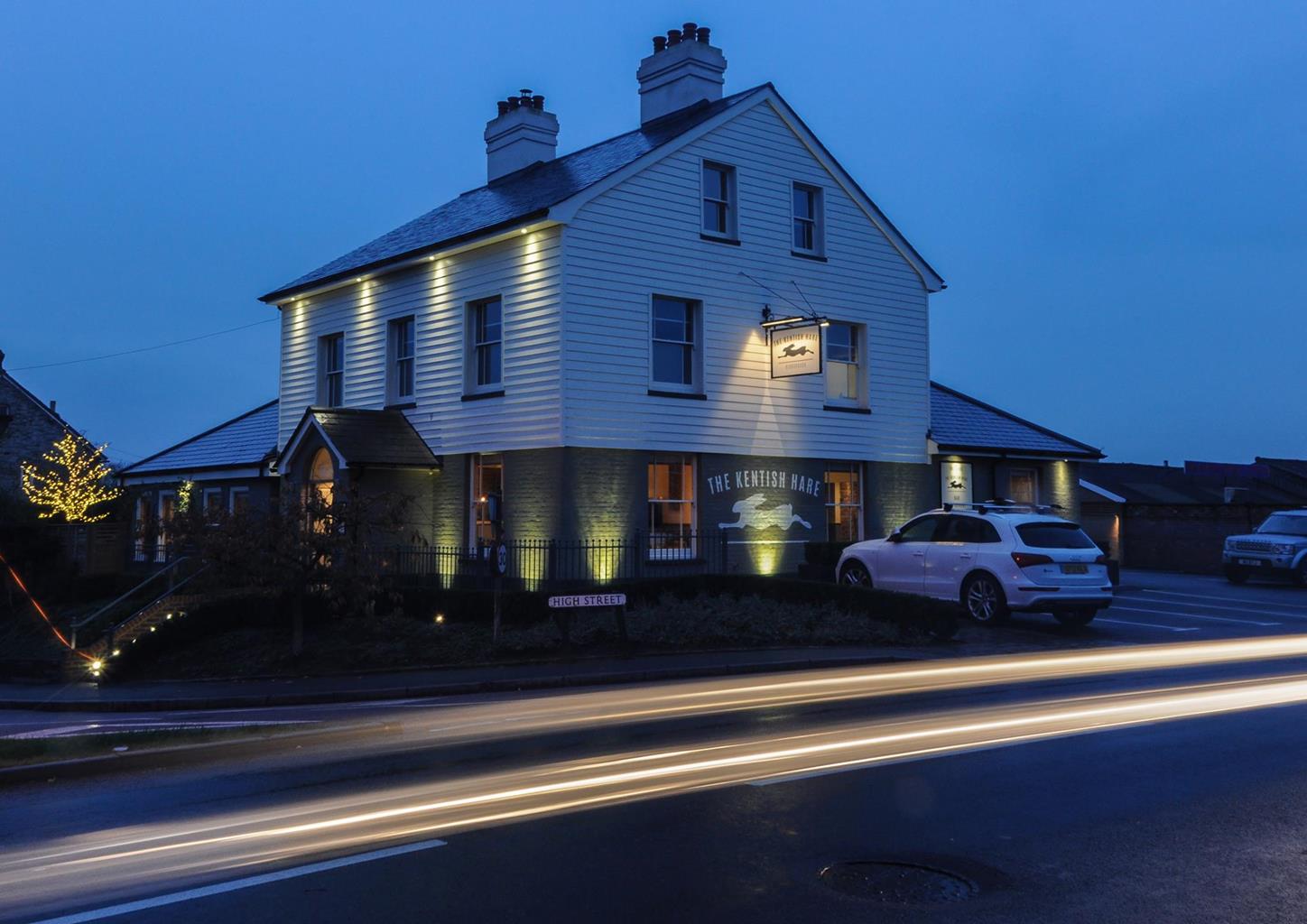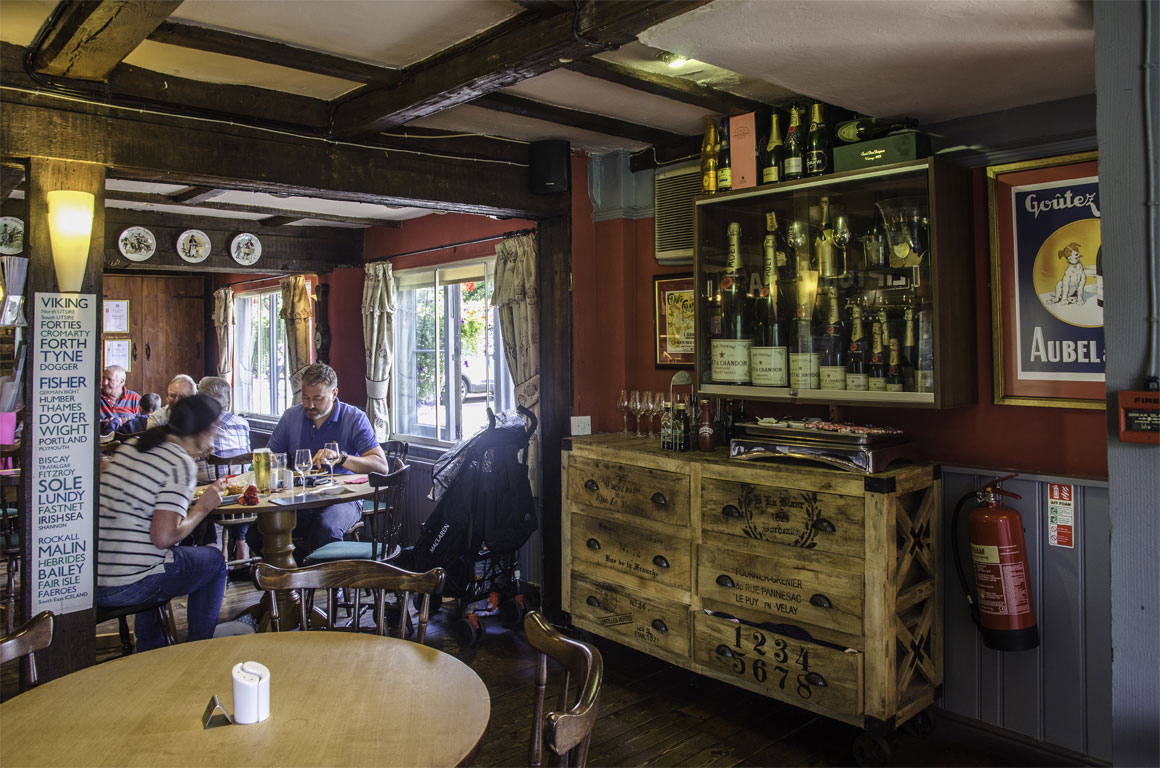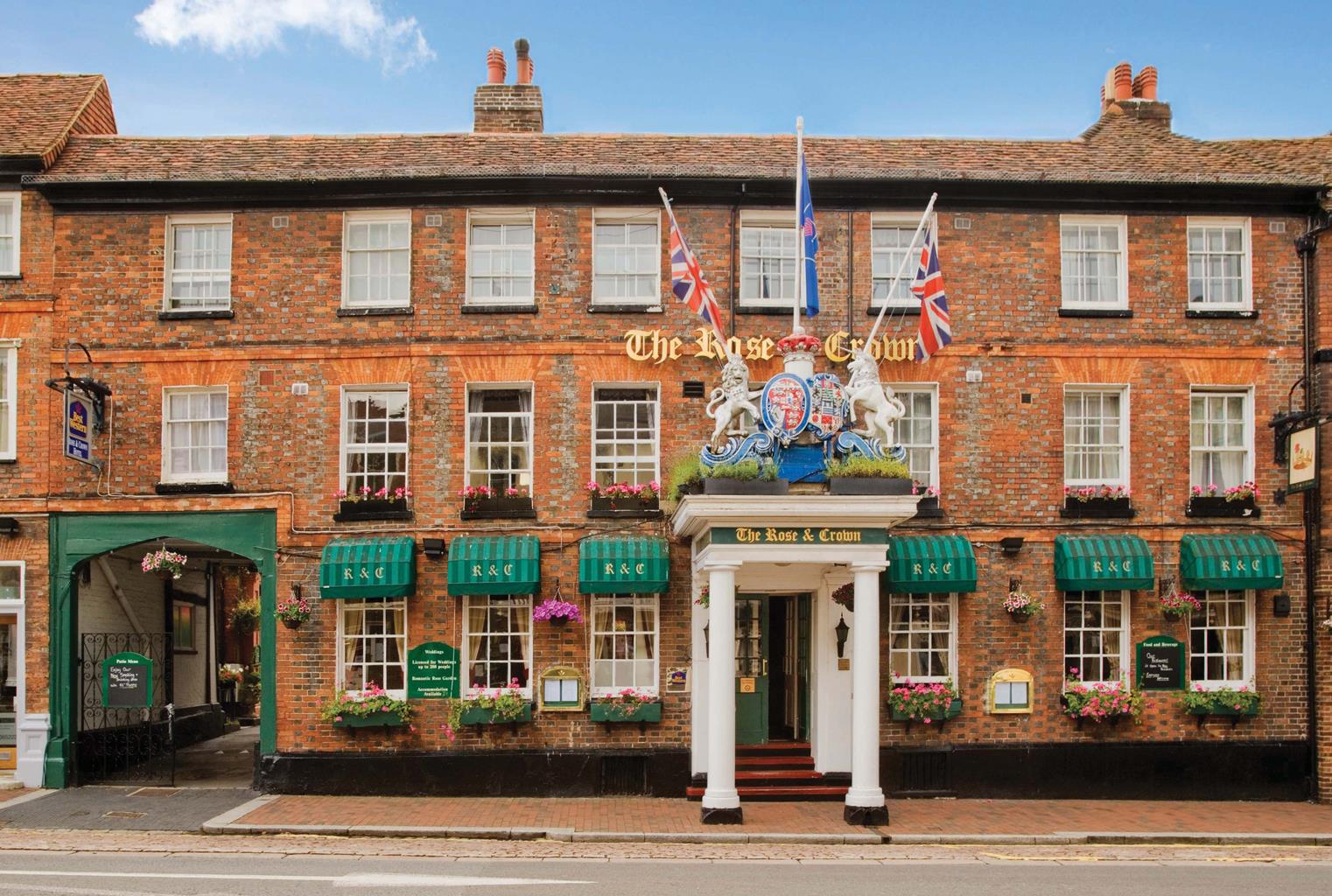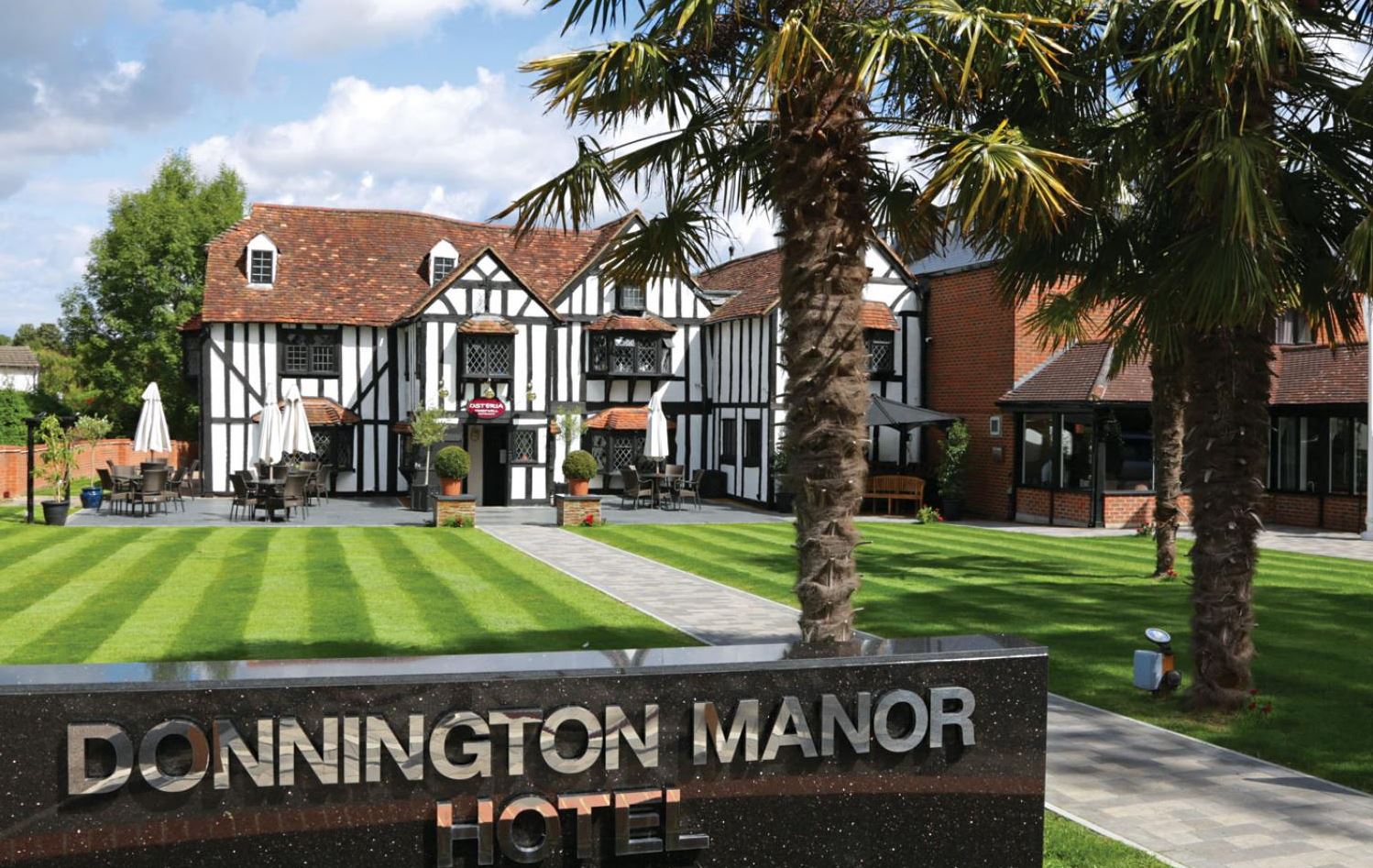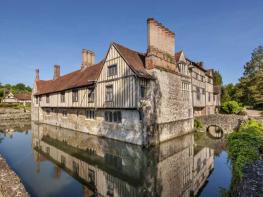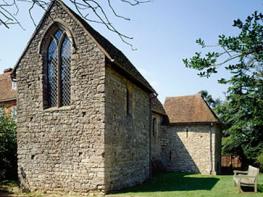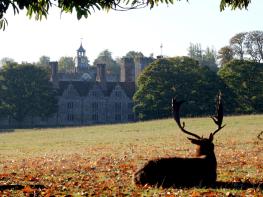The Rose and Crown is a 15th-century coaching inn situated in Tonbridge's bustling town centre.…
Shipbourne and along the Greensand Way

3.5 miles (5.7kms)
About the walk
Unlike other counties in England, Kent has few grand stately homes and large estates, but is instead liberally scattered with attractive farmsteads and manor houses which give the landscape a lovely patchwork effect and add enormous variety to local walks. Yet it is only like this because, after the Norman Conquest, the people of Kent (who had a reputation for being independent and a bit aggressive) offered allegiance to William on condition that he allowed them to retain their Saxon traditions and privileges. In return they agreed to give him Dover Castle without a fight. William consented and for centuries Kent continued to operate under its traditional administrative system. One of those traditions concerned inheritance, which in Kent followed the Jutish law of gavelkind. This meant that property and land would be split equally between a man's sons – rather than simply being passed to the eldest. So the land was divided into small, self-sufficient units.
Ightham Mote, which you pass on this walk, is typical of the county – a moated medieval manor house deep in the countryside, yet full of local history. The house is some distance from the village of Ightham and so well hidden that it comes as something of a surprise when you find it. Apparently, during the Civil War Cromwell's soldiers set off to loot the house but lost their way in the tangle of country lanes and raided another house by mistake.
Despite its name, the term 'mote' is more likely to refer to the fact that the house was built on an ancient meeting place, or 'mot', than to the medieval moat that surrounds it. For hundreds of years the house was owned by the Selby family, whose most famous member was Dame Dorothy Selby. There's a rather cryptic memorial to her in the local church that mentions that she 'disclos'd the Plot'; seeming to imply that she foiled the Gunpowder Plot in 1605. Legend has it that she wrote an anonymous letter to her cousin, Lord Mounteagle, warning him to stay away from the opening of Parliament. He was said to have been disturbed by this and made investigations, which led to the discovery of Guy Fawkes. However, it seems more likely that Dame Dorothy, a skilled needlewoman, had simply embroidered a rather vivid picture of the Plot that people admired and remembered.
Early in the 19th century Ightham Mote was let to an American general, William Jackson Palmer. He loved entertaining and during his time there many contemporary celebrities, including the painters Edward Burne-Jones and John Singer Sargent, the novelist Henry James and the craftsman William Morris, visited the house.
Walk directions
Walk towards The Chaser Inn, cross the A227 and go through the church lychgate, following the signs for the Greensand Way. Walk to the right side of the church, go through a little gate, then over the stile on the right. Cross the drive and walk beside the hedge to cross two stiles in quick succession, to follow the fenced track to another stile. Follow the Greensand Way signs, going across two fields and stiles to a track, where you take the path ahead.
Follow the Greensand Way signs to cross another stile and go into the woods along a fenced path. Another stile leads you out of the woods, where you turn right and walk around the two fields. Cross a stile, then turn right into the lane and up to the entrance to Ightham Mote.
Go through the entrance and walk straight ahead, and then follow the path as it turns right, past the gift shop, and into countryside. Keep walking ahead, go over a stile and turn immediately right along the edge of the field next to trees. Go through the small gate and turn left along the track towards the main road (A227).
Cross over and enter the Fairlawne Estate opposite. This was once the home of Sir Harry Vane, who, a Parliamentary sympathiser, was so unpopular that he was beheaded on Charles II's orders. Needless to say, Sir Harry is said to haunt the grounds of Fairlawne. Walk ahead, following the 'Bridle Path' sign by turning left at the bottom of the slope. After about 75m turn right into parkland. Walk straight across the large grass fields following the yellow marker posts. Go through the gate in the middle of the field and continue ahead to reach a pleasant lime tree avenue and out onto School Lane.
Turn right and walk along the road until you see the sign on the right-hand side for Fairlawne Home Farm, where you join the Greensand Way. Follow the drive past the farm and continue along the track, heading towards a house. Go through a kissing gate, then turn right on reaching the road. Keep the tennis courts on your right, then either follow the road or walk across the common back to the car park.
Additional information
Easily walked fields and estate paths, short sections on roads, can be muddy in places, several stiles
Well-maintained historic parkland and fertile pasture
Livestock in some fields and on estate, but still enjoyable for most dogs (keep on lead)
OS Explorer 147 Sevenoaks & Tonbridge
Shipbourne – parking beside the common, just off A227
None on route
WALKING IN SAFETY
Read our tips to look after yourself and the environment when following this walk.
Find out more
Also in the area
About the area
Discover Kent
The White Cliffs of Dover are an English icon – the epitome of our island heritage and sense of nationhood. They also mark the point where the Kent Downs AONB, that great arc of chalk downland stretching from the Surrey Hills and sometimes known as ‘the Garden of England’, finally reaches the sea. This is a well-ordered and settled landscape, where chalk and greensand escarpments look down into the wooded Weald to the south.
Many historic parklands, including Knole Park and Sir Winston Churchill’s red-brick former home at Chartwell, are also worth visiting. Attractive settlements such as Charing, site of Archbishop Cranmer’s Tudor palace, and Chilham, with its magnificent half-timbered buildings and 17th-century castle built on a Norman site, can be found on the Pilgrim’s Way, the traditional route for Canterbury-bound pilgrims in the Middle Ages.
In the nature reserves, such as the traditionally coppiced woodlands of Denge Wood and Earley Wood, and the ancient fine chalk woodland of Yockletts Bank high on the North Downs near Ashford, it is still possible to experience the atmosphere of wilderness that must have been felt by the earliest travellers along this ancient ridgeway.
Nearby stays
Restaurants and Pubs
Nearby experiences
Recommended things to do
Why choose Rated Trips?
Your trusted guide to rated places across the UK
The best coverage
Discover more than 15,000 professionally rated places to stay, eat and visit from across the UK and Ireland.
Quality assured
Choose a place to stay safe in the knowledge that it has been expertly assessed by trained assessors.
Plan your next trip
Search by location or the type of place you're visiting to find your next ideal holiday experience.
Travel inspiration
Read our articles, city guides and recommended things to do for inspiration. We're here to help you explore the UK.


